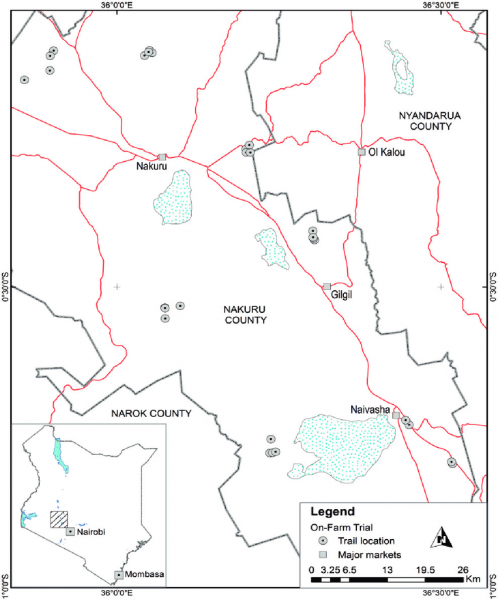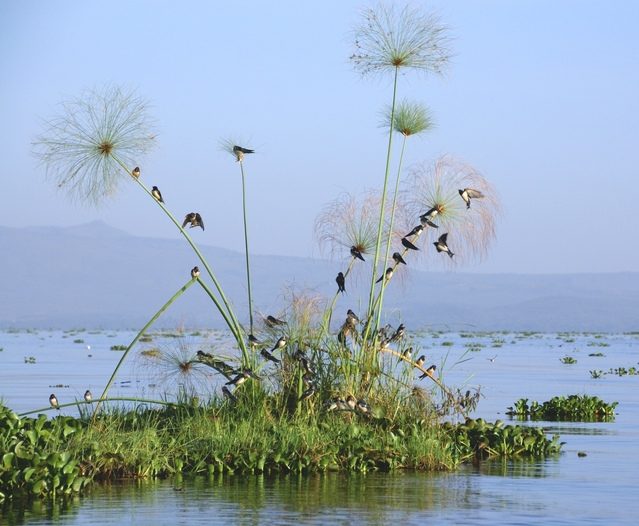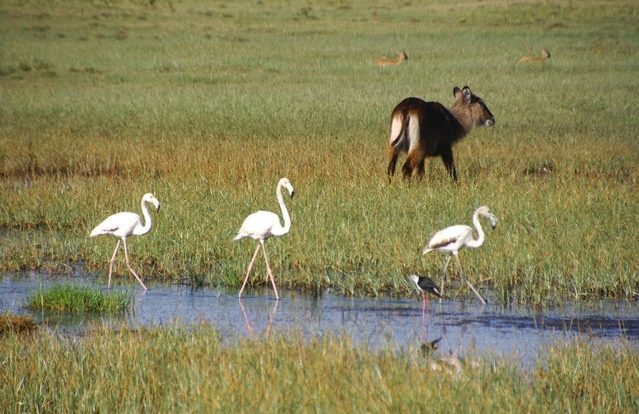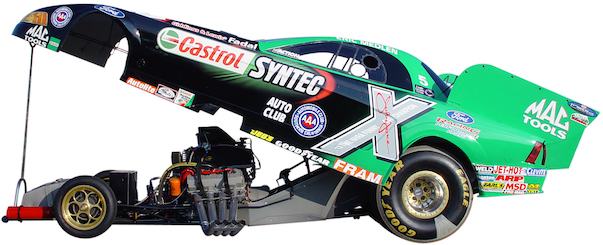
2 Famous Tourist Lakes
1) Lake Naivasha

Initially, the name of Naivasha was Nai’posha. It is a Maasai word still used by the elders meaning rough water, referring to the storms frequented in Lake Naivasha or receding waters, referring to the numerous changes in the levels that characterize the hydrology of Lake Naivasha. The name, therefore, is a colonial misinterpretation of the original name. Some 10,000 years ago, it was part of a larger lake that encompassed lakes Elementaita and Nakuru and flowed down rift valley towards the south. Lake Naivasha is fed by Malewa and Gilgil rivers flowing down the Aberdare mountains. The water supply supports a vibrant horticultural industry as well as many geothermal projects. The Lake Naivasha Riparian association established in 1934 which comprises of local property owners manages the whole of Lake Naivasha.
2) Lake Nakuru

Lake Nakuru is a shallow but large lake surrounded by grassland, woodland and marshes. It is part of the soda lakes of rift valley. They are well known for the evolution of 750 species of cichlid fish. Because the lake was only 2km away from Nakuru town, hunters inflicted damage to the wildlife and settlers infringed upon the land. Hence, after the independence of Kenya, it was decided to fence in Lake Nakuru and put in measures to stop hunters and settlers from trespassing the protected areas. Today, Lake Nakuru comprises a mere 27% of the park, and its sources of water are the three rivers; Njoro, Ender and Makalia rivers, as well as many springs. However, with the park expansion, the lake has since become one of the most visited wildlife spots in Kenya. Eventually, in 1990, it attained its Ramsar site designation
To receive a colourful digibook about game drive with videos, images and text, please fill out the following form or simply email us on safaris@safari-center.com





